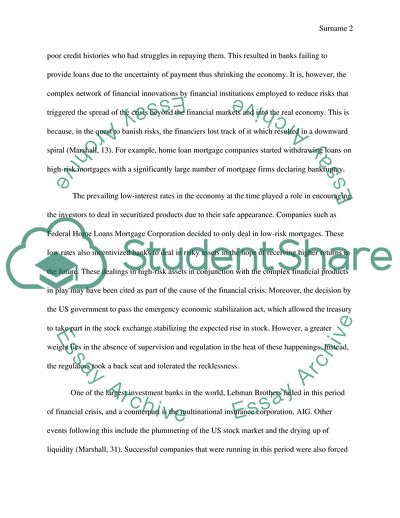Cite this document
(The Financial Crisis 2008 and the Legislation in Response to this Cris Term Paper - 1, n.d.)
The Financial Crisis 2008 and the Legislation in Response to this Cris Term Paper - 1. Retrieved from https://studentshare.org/finance-accounting/2088219-any-topic-writers-choice
The Financial Crisis 2008 and the Legislation in Response to this Cris Term Paper - 1. Retrieved from https://studentshare.org/finance-accounting/2088219-any-topic-writers-choice
(The Financial Crisis 2008 and the Legislation in Response to This Cris Term Paper - 1)
The Financial Crisis 2008 and the Legislation in Response to This Cris Term Paper - 1. https://studentshare.org/finance-accounting/2088219-any-topic-writers-choice.
The Financial Crisis 2008 and the Legislation in Response to This Cris Term Paper - 1. https://studentshare.org/finance-accounting/2088219-any-topic-writers-choice.
“The Financial Crisis 2008 and the Legislation in Response to This Cris Term Paper - 1”. https://studentshare.org/finance-accounting/2088219-any-topic-writers-choice.


